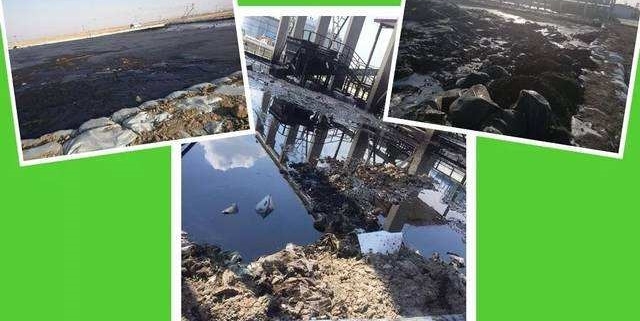In the process of exploitation, transportation, storage and utilization, oil will produce a lot of oil sludge, which can be divided into three categories according to the source:
1. Oil field production sludge.
This kind of oil sludge is mainly produced in the process of oil exploitation. After a small amount of oil overflows, it is mixed with soil, sandstone, rock debris, mud, etc. to form a high viscosity polymer. Generally, the oil content of oil field production sludge is high and the water content is less.
2. Storage and transportation of oil sludge.
In the process of oil storage and transportation, a small amount of impurities in oil will be deposited at the bottom, mixed with the salt and sand attached to the wall of the storage and transportation container, forming a large number of oil storage and transportation sludge with high water content.
3. Oil sludge in refinery.
In the process of oil refining, including the cleaning process of related equipment, oil sludge will be deposited. Oil sludge in the refinery is mainly divided into oil separator bottom mud, flotation scum and residual activated sludge, referred to as “three mud”. This kind of oil sludge generally has high water content and the highest yield.
The chemical composition of oil sludge from different sources is quite different, including water content, oil content, density, viscosity, calorific value and other physical properties are also very different.



